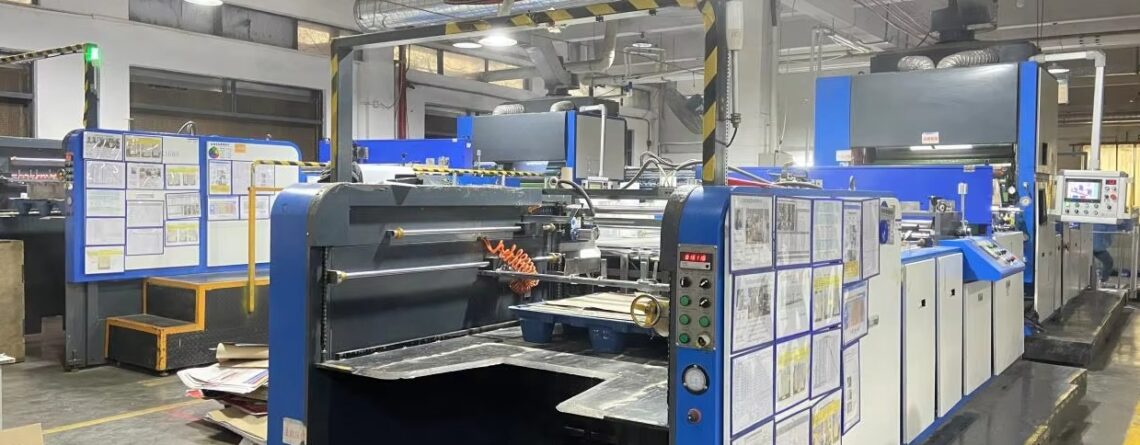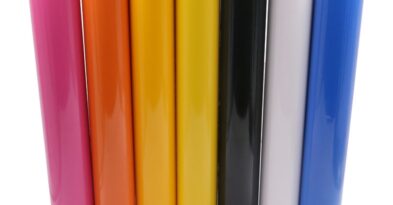Window film for glass has become an increasingly popular solution across both residential and commercial environments. From improving energy efficiency and privacy to enhancing decorative appeal, window films offer a versatile and cost-effective alternative to replacing glass. With advancements in materials and technology, window films now serve a wide range of functions — functional, protective, and aesthetic.
In this article, we’ll explore the key applications of window film for glass and why it’s becoming an essential choice for architects, business owners, homeowners, and interior designers.
1. Solar Control and Heat Reduction
One of the most common reasons people apply window film is to reduce heat and glare from sunlight. Solar control window films are designed to block a significant portion of solar radiation, helping to:
- Lower indoor temperatures
- Reduce reliance on air conditioning
- Improve energy efficiency
- Block harmful UV rays that cause fading
Typical Use Cases:
- Office buildings with large glass façades
- Homes with south-facing windows exposed to direct sunlight
- Retail stores needing to protect products from UV damage
By minimizing heat buildup, these films not only enhance comfort but also contribute to cost savings on energy bills.
2. Privacy Enhancement
Privacy window films are ideal for situations where clear glass might compromise personal or organizational privacy. These films come in different levels of opacity — from frosted and etched-look finishes to one-way mirror styles — and are commonly used in:
- Bathrooms
- Conference rooms
- Street-facing residential windows
- Clinics or treatment rooms
- Glass partitions in offices
Privacy films provide coverage without blocking natural light, offering a simple yet elegant way to maintain discretion while preserving brightness.
3. Decorative and Branding Applications
Beyond utility, window films can serve a decorative or branding function, turning plain glass into an engaging design element. With modern plotters and digital printing capabilities, window films can feature:
- Company logos
- Custom patterns or textures
- Decorative gradients or geometric designs
- Frosted effects with cut-out lettering
Ideal For:
- Retail storefronts
- Restaurants and cafés
- Office interiors
- Hotel lobbies and hospitality spaces
Decorative films add visual interest while still allowing light transmission. They’re a great way to enhance space without major renovations.
4. Safety and Shatter Resistance
Safety and security window films are engineered to hold glass fragments together in the event of breakage. They act as a bonding layer over glass, preventing dangerous shards from scattering due to:
- Accidental impact
- Severe weather (e.g., storms or hurricanes)
- Forced entry or vandalism
Security window film is often applied in:
- Banks and financial institutions
- Storefronts in high-traffic areas
- Government or school buildings
- Homes in storm-prone regions
It’s a practical and unobtrusive way to increase physical protection without compromising appearance.
5. Anti-Glare for Screens and Comfort
In offices and homes with a lot of digital screen use, anti-glare films help minimize sunlight reflection on computer monitors and TVs. These films reduce eye strain and make it easier to work or relax without harsh light interference.
Use Cases Include:
- Home offices
- Media rooms
- Control centers
- Conference rooms with projectors or TVs
This improves both comfort and productivity, especially in environments where precise screen visibility is important.
6. Interior Zoning and Partitioning
In open-concept office spaces or large retail floors, window films are often used to subtly define zones without the need for solid walls. Frosted films on glass partitions can:
- Create a sense of division
- Offer partial privacy
- Reduce distraction while maintaining openness
This is popular in modern office designs where transparency, collaboration, and flexibility are valued.
7. Anti-Graffiti and Surface Protection
Specialized anti-graffiti window films are used in public spaces or transit systems to protect glass from:
- Scratches
- Paint
- Acid etching
- Stickers and adhesives
The film acts as a sacrificial layer that can be easily replaced if vandalized — saving costs on full glass replacement.
Commonly Used In:
- Subway stations
- Elevator panels
- Display windows in high-traffic retail
- ATM surrounds
8. Decorative Film for Residential Use
Homeowners also embrace window film for creative and functional purposes, such as:
- Adding frosted effects to bathroom windows
- Creating stained-glass-style designs in entryways
- Using blackout films in nurseries or bedrooms
- Enhancing curb appeal with patterned films on front doors
Decorative films are an affordable and reversible way to transform the appearance of glass surfaces.
Advantages of Window Film Applications
- Cost-effective: Much cheaper than replacing glass
- Easy to install and remove: No permanent alteration required
- Low maintenance: Easy to clean and long-lasting
- Customizable: Available in various textures, designs, and levels of opacity
- Energy-saving: Helps reduce electricity use for heating and cooling
Conclusion: Window Films – A Smart Upgrade for Glass
Window film has evolved from a simple sun-blocking solution to a multi-functional design and safety tool. Whether you’re looking to reduce energy costs, protect privacy, improve building safety, or enhance interior aesthetics, there’s a window film product designed to meet that need.
At UMISIGN, we offer a wide range of high-quality window films — including solar control films, privacy frosted vinyl, security laminates, and custom decorative options — tailored to modern architectural and branding requirements.
Upgrade your space with window film — a simple layer that adds value, protection, and beauty.




Leave a Reply